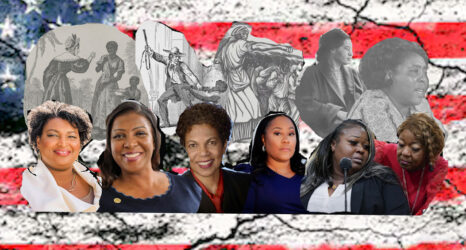It’s been a week since The New York Times Editorial Board announced their double endorsement for Democratic presidential nominee for 2020—or, in this case, nominees. Seeing the blue sketches of Amy Klobucher and Elizabeth Warren side by side was, at first, incredibly exhilarating: an affirmation that yes, women can and should run this country, and women can beat Trump.
But something also feels wrong. The board’s “break with convention,” and their decision to back two candidates in a primary, feels less like a declaration and more like a sexist cop-out. Intended or not, having two women share the space historically reserved for one man gives those women short shrift.
The Editorial Board was considered and deliberative in their own explanation of the decision, cogently outlining out why Warren is the best choice for progressives and Klobuchar for center-left voters. But the conclusion was inescapably weak. It robbed each candidate of the coveted, capital-rich intellectual backing that, to be honest, any one candidate for president deserves.
Was one woman not smart enough? Not charismatic enough? Not qualified enough?
Clearly, the Times wasn’t saying it takes two women to add up to one man. But that’s how the whole thing felt, and still feels, to me. When push came to shove, the board just couldn’t bring themselves to see one woman as a leader—despite their clever ending declaration of “may the best woman win.”
This indecision has the effect of harming both candidates.
The political capital that comes with the New York Times endorsement could have been a momentum-builder for either of these women. An unequivocal recommendation may have been just enough to move Warren ahead in Iowa or give Klobuchar the late surge that so many of her supporters are counting on. (This weekend’s unambiguous Des Moines Register endorsement may just do that for the Warren campaign.)
One way the Times could have determined the winner is to pick a key issue where the two candidates have the furthest distance apart and make that the deciding factor. Or, more crassly, they could have fallen back on sheer numbers: who is having greater resonance with voters, and thus demonstrating the ability to garner greater excitement in the general election.
I can’t seem to imagine the Grey Lady ever doing a double endorsement of two men.
An even bolder break with convention could have been the Times recommending a two-woman ticket—maybe endorsing Warren and making the case for Klobuchar as Vice President, or vice versa. They could have imagined a different kind of future. A non-traditional endorsement like that could have had game-changing momentum. But instead, the Times lacked the imagination to see a single woman as deserving of the endorsement.





